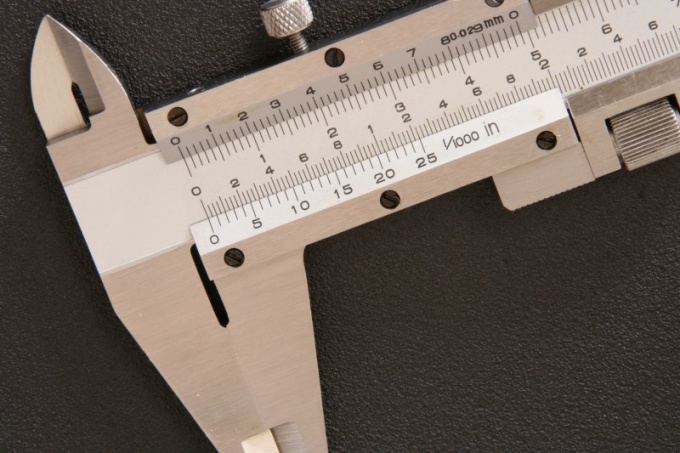You will need
- - the device;
- - standard documentation on the device.
Instruction
1
Class of accuracy of device usually indicated on a scale. It is also indicated in the instructions that came with the device. Look at the symbols he's marked. It can be uppercase letters, Roman or Arabic numerals. In the latter case, add any additional character.
2
If the class of accuracy are designated by Latin markings, this means that it is determined by the absolute error. Arabic numerals without any additional icons indicate that the decisive factor is reduced error, this is the maximum or minimum value possible to measure. An additional icon may be, for example, check. In this case, also the definition of the class goes in a reduced error, however, on the basis of the length scale. When defining the class the relative error grade is given in Roman numerals.
3
The device may have no markings. This means that the error can be more than 4%, i.e. to use them only for very approximate measurements. In this case, the size of error set themselves. It is approximately half-scale. The measurement result can be more true to the size of error and less. Labeling must meet state standards.
4
Calculate the margin of error. The class accuracy is defined as the ratio of a particular error to the exact value. For example, the absolute can be represented in the form of a difference between the exact and approximate values x and a, that is, the formulas s=(x-a) relative defined as the ratio of this difference to the magnitude of a, and given to the length scale l. Multiply the result by 100%.
5
There are eight classes of precision gauges. They are determined by the reduced error. They are divided into precision and technical. The former is applied for accurate measurements, e.g. in laboratories. The range of errors of these classes from 0.05 to 0.5.Devices belonging to the second category, They can give error from 1.0 to 4, 0. In this case the entire length of the scale discrepancy between measurement and actual value the same.
Note
Methods of measurement for accuracy are not affected. Of course, each device must be used in accordance with its purpose and instructions. The conditions for measuring the object must conform to established standards – for example, the adopted conditions of temperature and humidity.
